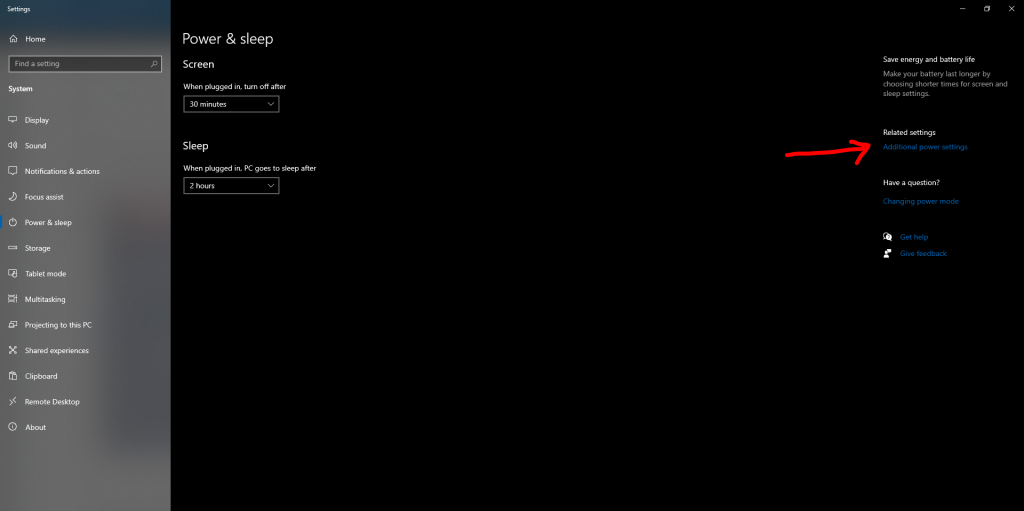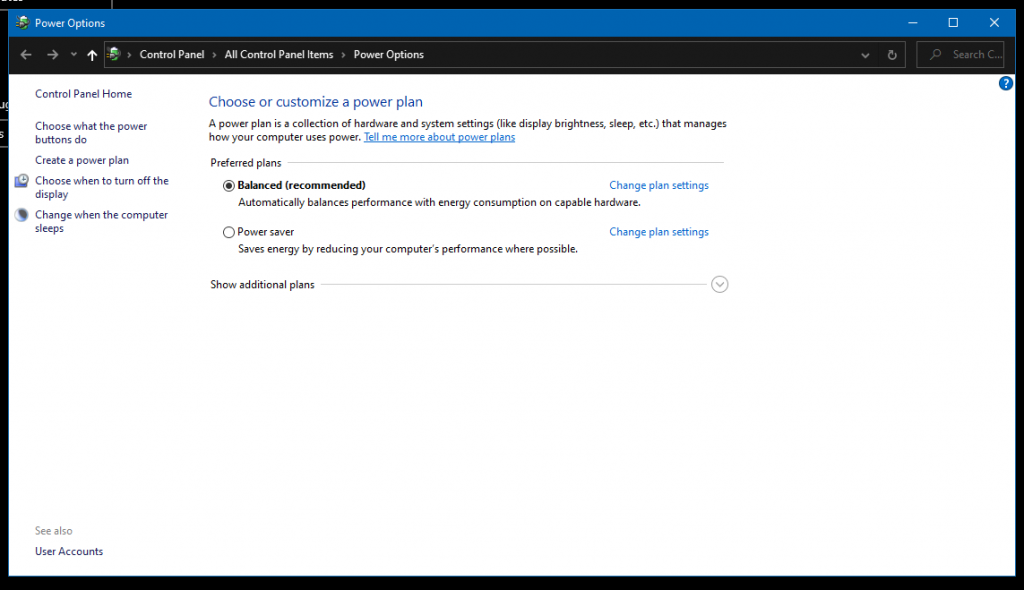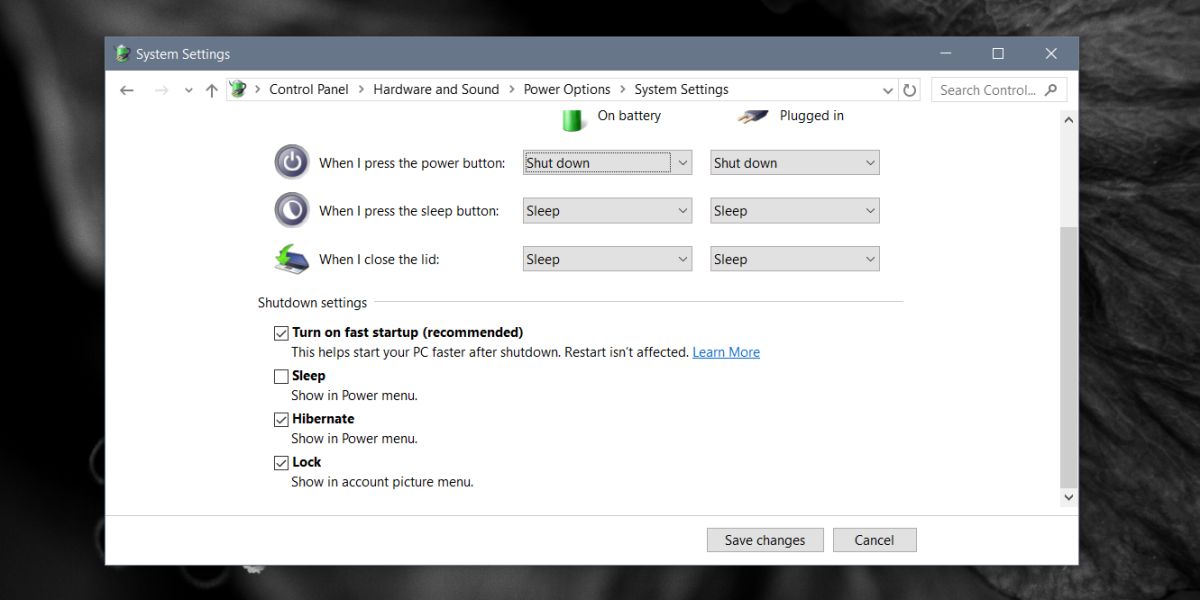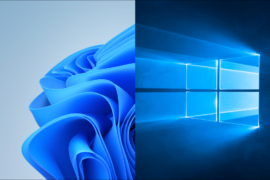If you are tired of the monitor turning off all the time and the computer turning off, try changing or disabling these modes.
By default, many of the system settings in Windows 10 are set to be optimal for most users. In particular, this applies to sleep and hibernation, which are initially enabled. If you are not satisfied with the default settings, you can easily change them.
What are the sleep and hibernation modes?
Before disabling anything in the system, it is better first to understand the issue so that you can say for sure whether you need it. Many novice users think that hibernation and sleep are the same thing, but they are not.
Sleep mode is activated in Windows 10 when the user is idle for a certain amount of time (it can be configured). Then the OS turns off the monitor and peripheral devices, and puts some components into a power-saving mode. Such a function has been made to save the electricity consumed by the computer.
Hibernation mode is manually activated by the user using the “Start” context menu. In this state, the PC hardware turns off completely, but the BIOS remains on and at the same time runs on battery power. The fundamental difference between hibernation and shutdown is that the data stored in RAM is saved in the system. They are written to a particular file hiberfil.sys, which is stored in the system directory. Its size is equal to the amount of installed RAM. So hibernation can still be turned off to save disk space. We wrote about this in a separate publication.
After hibernation, the operating system boots in a few seconds, and all open programs restore their state. For owners of hard drives, hibernation mode will save a lot of time, and for SSD owners it is better to disable it, since the high number of write cycles during this process significantly reduces the life of the drive. Sleep mode rarely causes discomfort to the user. The exception is monitoring what is happening in the system without direct interaction with the PC. If your activity involves such use, here are several ways for you to disable hibernation on your computer.
How to Disable Hibernation on Windows 10: System Settings
Press the key combination Win + I and select the “System” item. An alternative way is to right-click on the “Start” menu in the lower-left corner and select “Options”. Also, if you open “My Computer”, at the top of the window, you will find the item we need.
Next, you need to go to the “Power and sleep mode” section on the left side of the window. Here you can set the time after which the screen will turn off. Sleep mode is configured similarly.

If you own a laptop, it is best to set the values as low as possible. Otherwise, if you turn off the mode ultimately, the computer will work (and consume power) until you turn it off, for example, during your lunch or a long phone call.
How to Remove Sleep Mode on Windows 10: Control Panel
Press the WIN + R key combination and enter the control command in the field that appears. Confirm the operation by pressing Enter. Next, in the upper right corner, select the “Small icons” view type. We pass to the section “Power supply”.

Here, on the left side of the window, we configure the transition to sleep mode and the time to turn off the display at our discretion. You can also choose from several power plans.
- Energy-saving will put the components in the lowest consumption mode when the computer is not in use.
- High-performance mode, on the other hand, will supply the iron with the maximum amount of electricity, regardless of the degree of load.
- The balanced scheme is a cross between the two previous ones. Laptop owners in the same window will be able to adjust the brightness level of the display.

These are two of the easiest and easiest ways to remove sleep mode on your computer. If you want to disable hibernation as well, you will have to use the command line. Windows 10 does not have this functionality in the interface.
How to Turn Off Hibernation?
Right-click on the “Start” menu and enter the text “command line” below. Next, on the right side, select “Run as administrator”. This utility can also be found in the list of installed programs in the “System Tools” section.

In the window that appears, enter the command powercfg -h off and press Enter. Hibernation will be disabled, but the system will not give any signs. A reboot is required for the changes to take effect. After starting, note that the free disk space will increase. This happens due to the deletion of the hiberfil.sys file, which we wrote about at the very beginning. To re-enable hibernation, you need the following command: powercfg -h on.




